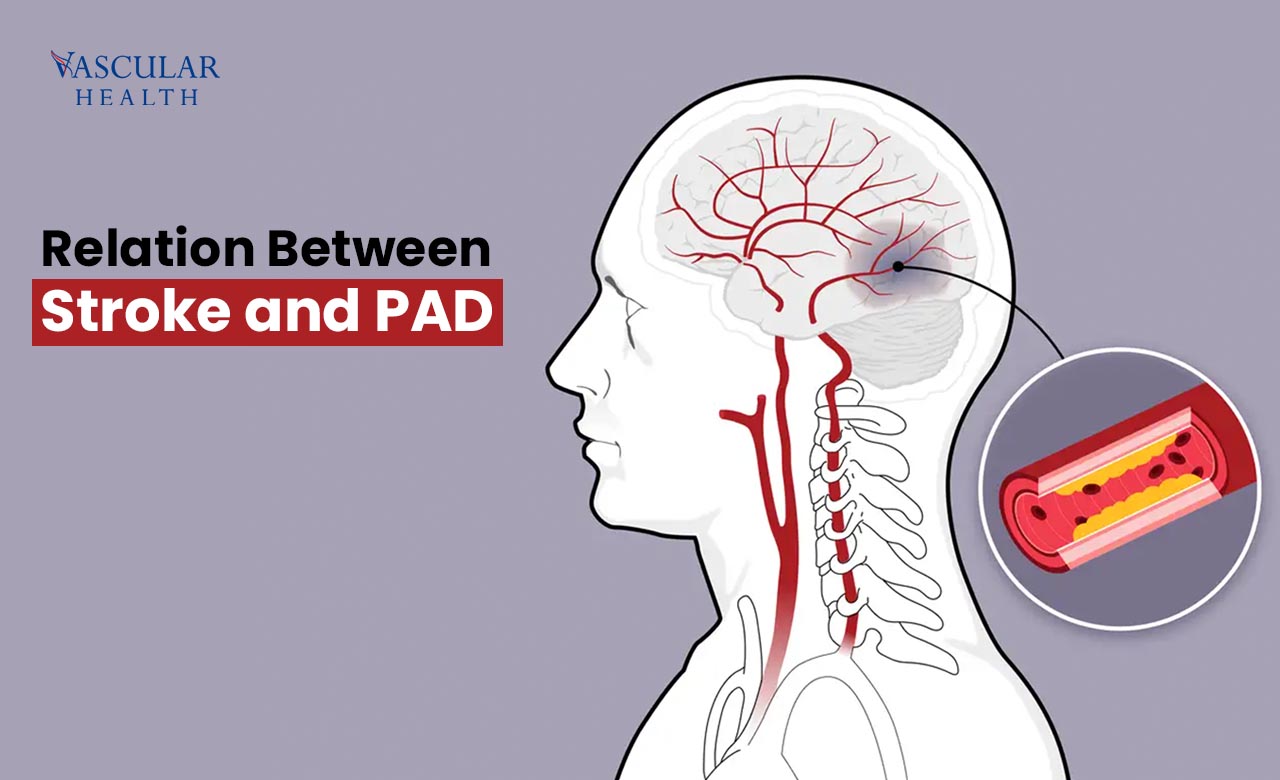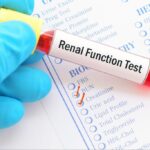Peripheral artery disease and stroke are two primary vascular conditions that have a common underlying cause, which is atherosclerosis. Peripheral artery disease and stroke are significant patrons to mortality and morbidity worldwide. Moreover, understanding the multifaceted relationship between stroke and PAD is critical for early diagnosis, prevention, and treatment.
Stroke and PAD
Peripheral artery disease is a common condition that causes the narrowing of the arteries, especially in the lower limbs. The most common cause is plaque deposition over the arteries’ walls, known as atherosclerosis. As a result, this condition leads to reduced blood flow.
Stroke
A stroke occurs when the blood supply to any specific part of the brain is disturbed or reduced, and brain tissues become deprived of oxygen and essential nutrients. There are two main types of strokes:
- Ischemic stroke: Ischemic stroke is caused by a blockage in an artery. The artery supplying blood to the brain due to a blood clot or atherosclerosis.
- Hemorrhagic stroke: Hemorrhagic stroke is caused by a rupture of a blood vessel in the brain that leads to bleeding in or around the brain.
Risk factors
Stroke and PAD share several common risk factors, such as:
- Smoking: Smoking damages the blood vessels, making them prone to atherosclerosis.
- Diabetes: High blood glucose contributes majorly to the development of atherosclerosis, leading to PAD and stroke
- Hypertension: Chronic hypertension plays a vital role in damaging the walls of the blood vessels, making them susceptible to plaque deposition.
- Hyperlipidaemia: Elevated level of cholesterol in the blood helps in the deposition and formation of plaques within the blood vessels, causing PAD and stroke:
- Age: Age is a primary risk factor for PAD and stroke, as with increasing age, the vessels weaken.
- Sedentary lifestyle: Lack of mobility or physical activity is a significant risk factor for PAD and stroke, as it leads to hypertension, diabetes, and obesity.
- Pathophysiological relation: The pathophysiological link between stroke and peripheral artery disease is primarily atherosclerosis. Atherosclerosis can be formed in various parts of the vascular system, leading to reduced blood flow in the arteries. When blood flow is reduced in the peripheral arteries, the phenomenon is called peripheral artery disease (PAD). When the blockage is in the artery supplying blood to a part of the brain, the condition is termed a stroke or ischaemic stroke.




